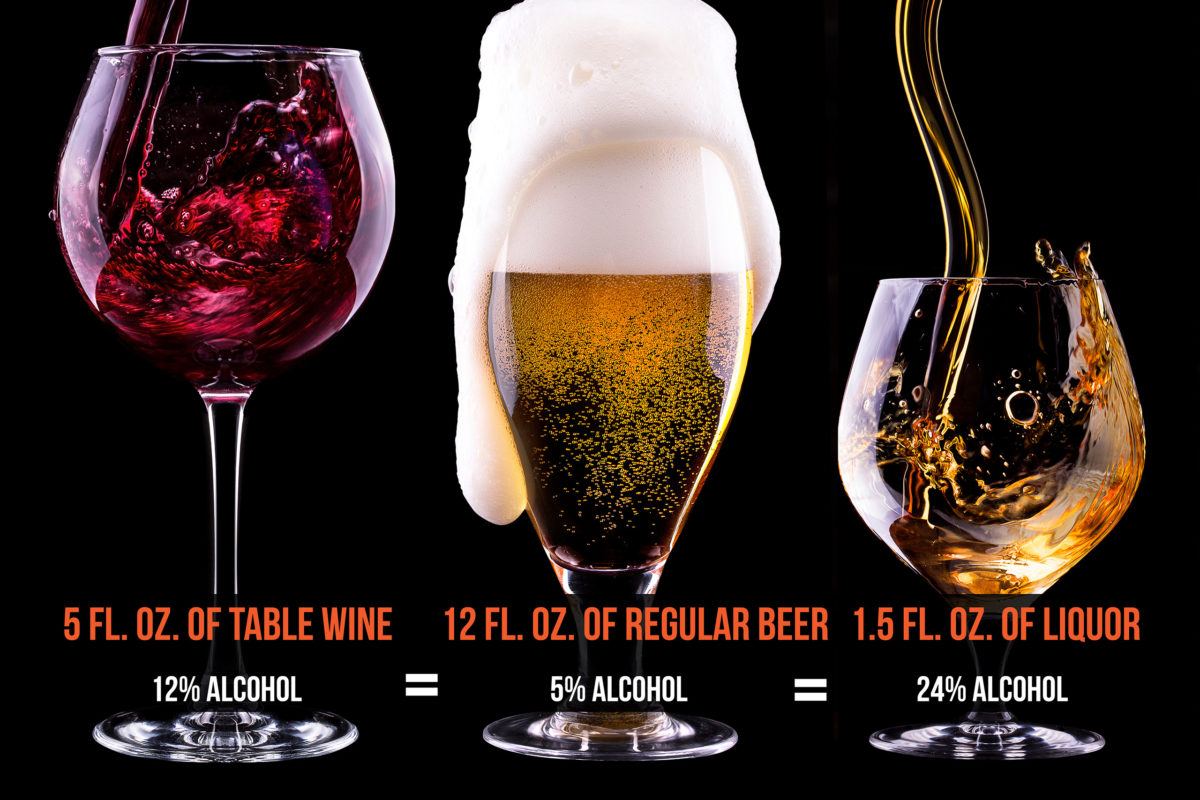Taking Charge: A Guide to Men’s Health Awareness
By Bizzell Editorial Staff
According to data from the Centers for Disease Control and Prevention (CDC), in 2018, the leading causes of death for men of all races and ages were heart disease (24.3%), cancer (21.6%), and unintentional injuries (7.4%) [1]Heron M. Deaths: Leading causes for 2018. National Vital Statistics Reports; vol 70 no 4. Hyattsville, MD: National Center for Health Statistics. 2021. DOI: https://doi.org/10.15620/cdc:104186. While men comprise about 50% of the US population, they account for nearly 80% of suicides. In 2021, men had a suicide rate nearly four times higher than that of women [2]Centers for Disease Control and Prevention. (2023, May 11). Suicide Data and Statistics. https://www.cdc.gov/suicide/suicide-data-statistics.html.
June is observed as Men’s Health Month, a reminder that taking care of oneself is essential and that neglecting one’s health can lead to severe consequences. Men’s health issues have been a topic of concern for many years, and the month of June provides an opportunity to bring more awareness to them.
Created in 1992 by the Men’s Health Network, Men’s Health Month encourages men to take charge of their health by making healthy lifestyle choices, such as eating a healthy diet, exercising regularly, and getting regular checkups.
Why is Men’s Health Month important?
According to a Harvard Medical School publication, men are more likely to die prematurely than women, and they are more likely to die from preventable causes. Men are also more likely to smoke, drink alcohol excessively, and be overweight or obese. It is crucial to spread awareness and provide resources to help men stay healthy. This June, let us encourage all men to take charge of their health and make positive changes in their lives.
What can you do to celebrate Men’s Health Month?
There are many things you can do to recognize Men’s Health Month. Here are a few ideas:
- Get a checkup. This is one of the most important things that men can do for their health. A regular checkup can help identify any health problems early on when they are most treatable. Check out these six routines screenings that all men should get.
- Talk to your doctor about your risk factors. Your doctor can help you understand your individual risk for certain health problems, such as heart disease, cancer, and stroke. They can also recommend ways to reduce your risk.
- Break the stigma around mental health. Men are less likely than women to seek help for mental health problems. It is essential to know the warning signs, break the stigma around mental health, and encourage men to seek help if they are struggling.
- Make healthy lifestyle changes. There are many measures that men can take to improve their health, such as eating a healthy diet, exercising regularly, and getting enough sleep.
Bizzell is committed to improving men’s health, through its work with the CDC Division for Heart Disease and Stroke Prevention, Public Health Professional Support Services at the National Center for Chronic Disease Prevention and Health Promotion. Bizzell supports the CDC’s Interactive Atlas of Heart Disease and Stroke production, which is published twice annually. This atlas shows data at the state and county levels concerning heart disease and stroke morbidity, mortality, access to care, risk factors, and risk reduction programs and policies.
Bizzell continues to provide statistical analysis support to the CDC relating to heart disease, stroke prevention outcomes, and cardiovascular disease risk factors. In addition, Bizzell is conducting statistical analyses for use by members throughout the CDC that document both the burden of heart disease and stroke and the reach of existing programs and policies to reduce the burden of heart disease and stroke.
This June serves as a reminder that taking proactive steps toward your health can lead to a life of vitality, happiness, and fulfillment. Together, let us continue to support and uplift one another on the journey to optimal health and well-being.
[1] Heron M. Deaths: Leading causes for 2018. National Vital Statistics Reports; vol 70 no 4. Hyattsville, MD: National Center for Health Statistics. 2021. DOI: https://doi.org/10.15620/cdc:104186
[2] Centers for Disease Control and Prevention. (2023, May 11). Suicide Data and Statistics. https://www.cdc.gov/suicide/suicide-data-statistics.html




